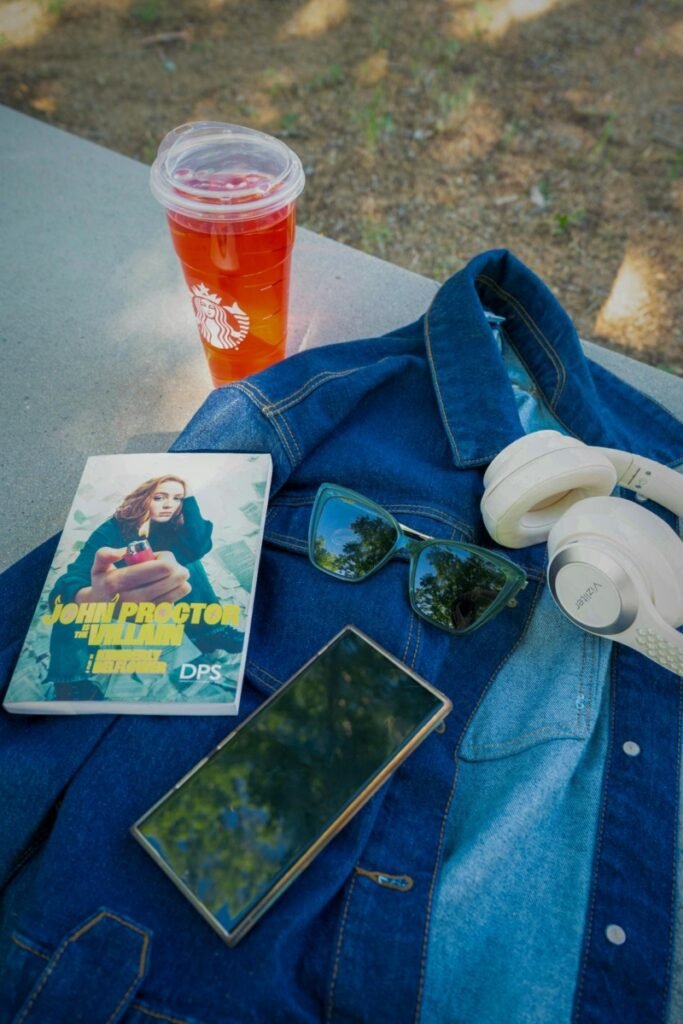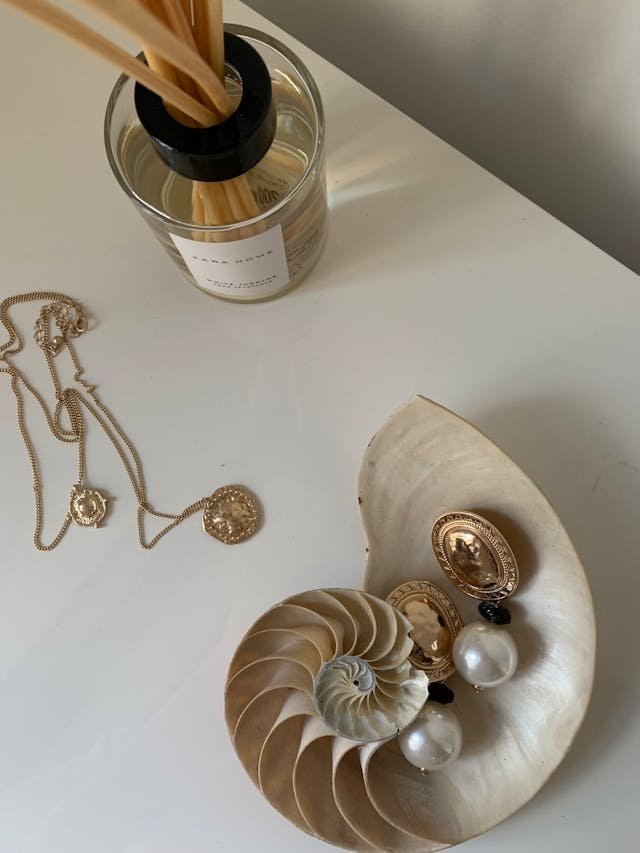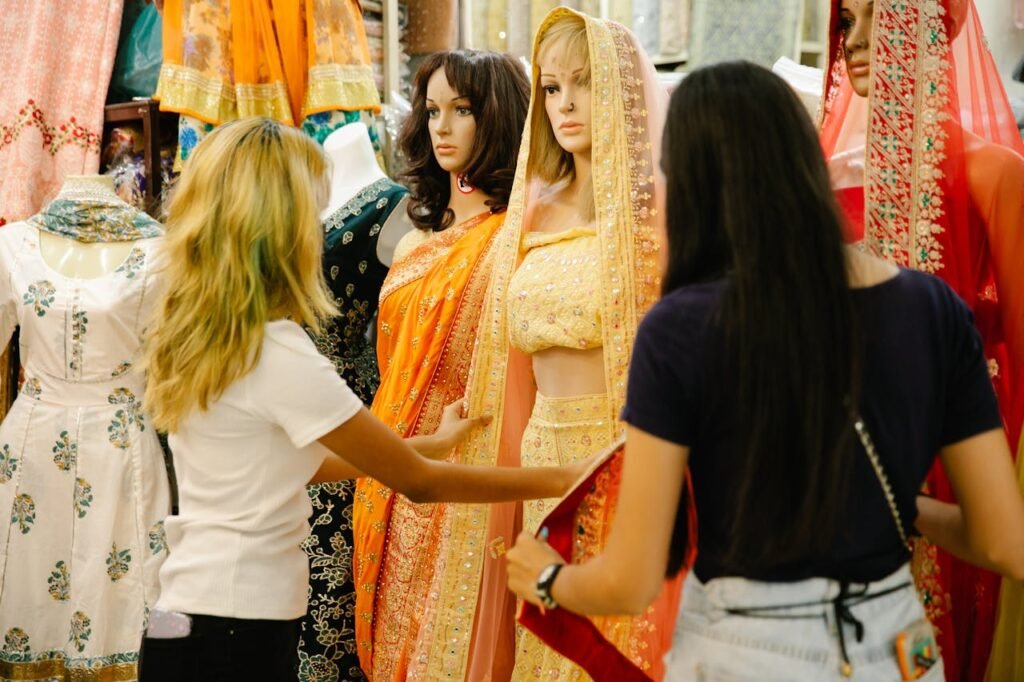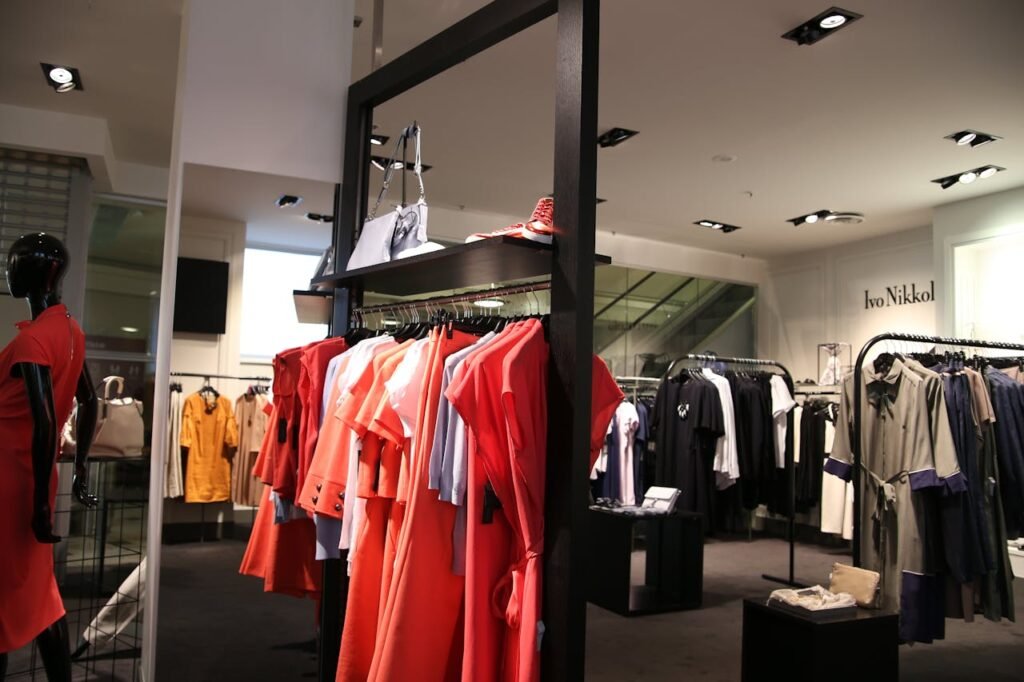Fashion is more than just clothing—it’s a creative language that expresses identity, culture, and personal confidence. Whether you’re a student of design, someone stepping into the world of style, or simply looking to refresh your wardrobe, understanding fashion fundamentals is a great place to start.
🎨 What Does Fundamental Design Mean?
In the context of fashion, fundamental design refers to the essential elements that form the foundation of any great look or garment. These fundamentals influence how clothes are structured, styled, and experienced.
Design fundamentals are a collection of core principles—some visual, others functional—that every designer or fashion enthusiast should grasp. The timeless rule, “form follows function,” reminds us that fashion isn’t just about appearance; it’s also about purpose and wearability.
🧵 What Are the 5 Principles of Fashion Design?
Every fashion designer, stylist, or conscious dresser benefits from understanding the five core principles of fashion design:
- Emphasis – Highlighting a focal point, like a bold accessory or a unique neckline.
- Balance – Distributing elements (colors, shapes, patterns) evenly for visual stability.
- Proportion – Maintaining the correct size relationship between pieces (e.g., pairing an oversized top with fitted jeans).
- Rhythm – Creating movement through repetition of colors, prints, or textures.
- Harmony – Making all elements of the outfit feel cohesive and well-blended.
Mastering these principles helps anyone—from casual dressers to professionals—build aesthetically pleasing and functional outfits.
.
🎓 Fashion Fundamentals Courses
If you want to explore fashion more seriously, consider enrolling in a fashion fundamentals course. These programs typically cover:
- Basic design theory
- Fabric knowledge and selection
- Garment construction
- Color coordination
- Personal styling techniques
Courses are available both online and in-person at design schools and fashion academies. Platforms like Coursera, Udemy, and Skillshare offer great beginner options.
👗 Simple Fashion Tips for Ladies
Looking stylish doesn’t require a massive budget or a celebrity stylist. Here are a few simple fashion tips for ladies:
- Invest in basics – Solid-color tees, jeans, and a classic blazer are wardrobe staples.
- Know your fit – Clothes that flatter your shape will always look better than trendy ill-fits.
- Layer smartly – Use scarves, jackets, and belts to add personality.
- Stick to a palette – Neutral tones like black, white, beige, and navy mix easily.
- Comfort counts – If it’s uncomfortable, you won’t wear it confidently.
📘 Fashion Style Guide Book
For structured learning, a fashion style guide book can be your go-to companion. These guides often include:
- How to identify your personal style
- Wardrobe planning
- Seasonal dressing advice
- Fashion do’s and don’ts
- Illustrations and outfit formulas
Look for beginner-friendly books like The Curated Closet or The Little Black Book of Style.
🌟 Everyday Fashion Tips
You don’t need a special occasion to look your best. Use these everyday fashion tips to elevate your daily looks:
- Prep your outfits the night before
- Use accessories to make simple outfits pop
- Rotate shoes to add variety
- Mix textures (cotton, denim, leather) for depth
- Update seasonal items like scarves, bags, and outerwear
👩 Fashion Guide for Female Beginners
If you’re just starting your style journey, this fashion guide for female beginners can help:
- Start with the basics: Build a capsule wardrobe of versatile pieces.
- Understand your body shape: Style clothes that highlight your best features.
- Experiment slowly: Try one trend at a time to see what suits you.
- Take inspiration: Follow fashion blogs, Pinterest, or Instagram for outfit ideas.
- Don’t compare: Fashion is personal. What works for someone else might not be for you—and that’s okay.
🧥 Basics of Fashion Styling
Fashion styling is the art of combining clothing and accessories to create a complete look. Here are some basics of fashion styling everyone should know:
- Color matching: Learn complementary and contrasting color combinations.
- Balance: Offset dramatic items (e.g., statement tops) with simple pieces.
- Occasion-based styling: Casual, workwear, evening wear—all have different needs.
- Grooming and posture: The best outfit won’t work if you don’t carry it with confidence.
- Confidence is key: Own your style choices—it’s what truly completes the outfit.
Final Thoughts
Understanding fashion fundamentals isn’t just for designers or stylists—it’s for everyone who wants to express themselves confidently and creatively through clothing. Whether you’re flipping through a fashion guidebook, taking an online course, or just trying on new outfits, remember: fashion should always reflect who you are.
FAQs:
- What are the fundamentals of fashion design?
They include key design principles like balance, emphasis, proportion, rhythm, and harmony. - What does “form follows function” mean in fashion?
It means that the design of clothing should prioritize functionality while maintaining aesthetic appeal. - What are some simple fashion tips for women?
Invest in wardrobe basics, dress for your body shape, use accessories wisely, and stick to a consistent color palette. - What is the best way to start learning fashion design?
Start with online or in-person fashion fundamentals courses and study basic design principles and styling. - What should I wear daily to stay stylish and comfortable?
Focus on mix-and-match wardrobe staples like jeans, fitted tops, scarves, and comfortable shoes. - Are there fashion style guide books for beginners?
Yes, books like The Curated Closet and The Little Black Book of Style are great for beginners. - What’s the difference between fashion culture and fashion style?
Fashion culture includes social values and trends; style is your personal expression of fashion. - How do I discover my personal style?
Experiment with different looks, keep a fashion inspiration board, and understand what flatters your body shape. - Is fashion styling the same as fashion designing?
No. Styling is about putting together outfits, while designing involves creating garments from scratch. - Can I look stylish without following fashion trends?
Absolutely. Personal style is about dressing in a way that makes you feel confident, not just trendy.




